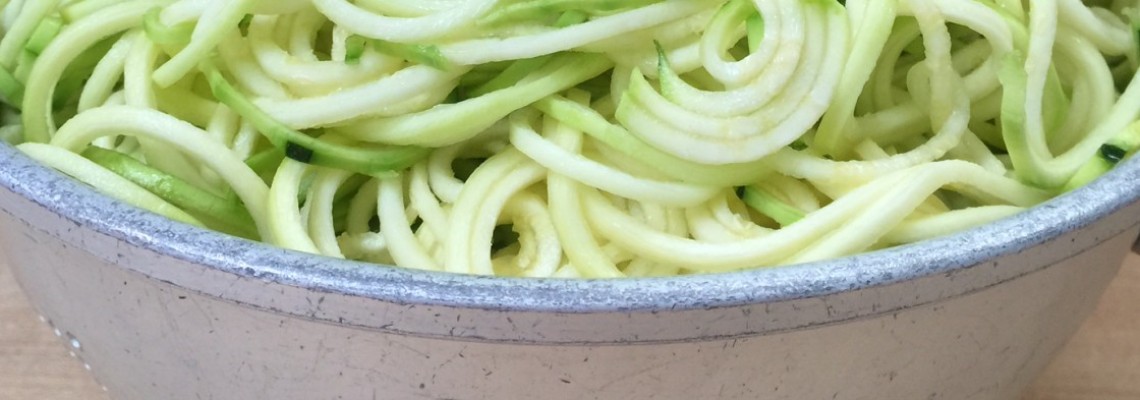Fall in Love with Your Grandmother’s Cookware
Do you remember those black, HEAVY, naturally non-stick, pots and pans your grandmother or mother used every day for cooking? Do you have these relics gathering dust in your cabinet or even garage? If you do, its time to rethink and reconsider Cast-Iron.
I have eliminated many of my non-stick modern pots and pans and moved to cast iron. The set of non-stick I had were very nice when I received them as a set for our wedding. But, in just over 5 years, those pans were starting to show signs of age, with definite scratches and discoloration on the workhorses in the group. So it was time for them to go.

There is nothing wrong with the non-stick pans per se, especially if you are careful with them, and don’t cook at high temperatures. However, studies have found that over very high heat, 400+, some of the non-sticks may release certain chemicals that are toxic and are known to accumulate in humans. This risk is likely small, due to the limited amount of time many of us cook at temps 400+, but the risk is there, and it’s easy enough to avoid. The more obvious risk comes from ingesting the actual coating, which can happen once it is damaged. The damage occurs from the scratching and banging that comes with the regular use in everyday cooking, cleaning, and putting away. Here are a couple articles about non-stick.
EWG-Environmental Working Group Talks Teflon
So why go back to cast iron?
Naturally non-stick. That means no added chemicals (you have already tossed the vegetable oil and Crisco, right?!?) Before using, “season”, your cast-iron, and in the beginning use a bit extra grass fed butter, ghee, or coconut oil when cooking to build up that layer of natural non-stick coating. Once that layer of seasoning is there, you are set-just don’t use soap and wash it off.
Cast-iron can actually add a beneficial nutrient to the foods you cook: Iron. That means instead of the possibility of leeching harmful chemicals, you leech Iron, a nutrient that many of us are running low on already.
Cast-irons really do not have to be babied or coddled. These guys are tough and can handle basically anything you throw at them or in them. There is no potential of ingesting the chemical coating if you accidentally scratch it, worst case you may have to re-season, maybe.
Cast-iron is a one and done deal, and in the realm of cookware, highly cost efficient. In fact, as long as you take decent care of them, your grand-kids could possibly be using them one day. This means less to buy and even less to toss. Really, what do you do with a non-stick after its scratched?
Cast-iron pots and pans are universal cookware. Stove top to oven is no problem. We have used several of ours on the grill, and there is nothing more traditional than cast-iron on a camp fire. High heat searing is no problem-even frying. Case in point-Cindy used her grand mother’s cast-iron just last week to make Keto Tots! These guys were amazing, and she will be sharing the recipe soon!
It’s simple when you compare cast-iron to non-stick; no added harmful chemicals, sturdy, heats consistently, can go be used anywhere, can add iron to your diet, affordable, and is a built in arm workout. Win!
The best thing to do for your cast-iron is to keep it way from soap, and make sure to dry it before you put it away. I own several of the “Lodge” brand pans in various sizes. If you don’t see them in garage or estate sales you can find them them here and here. Lodge Cast Iron has been around way before many of the non-stick chemicals were even created in a lab, 100+ years.

